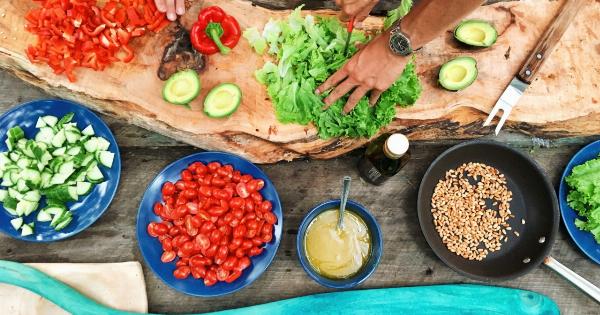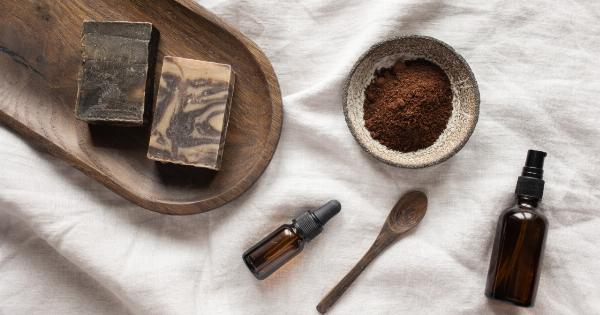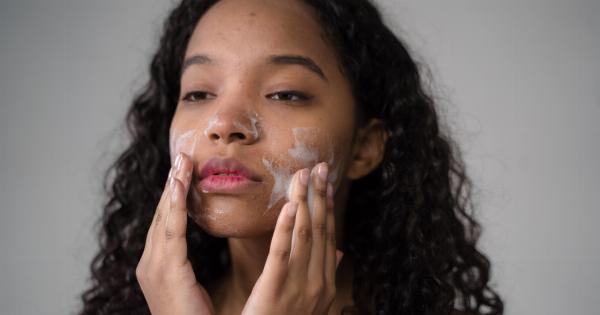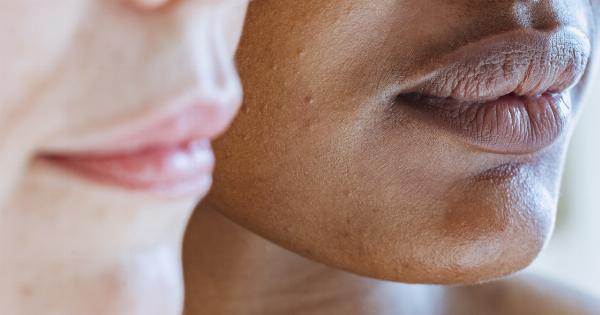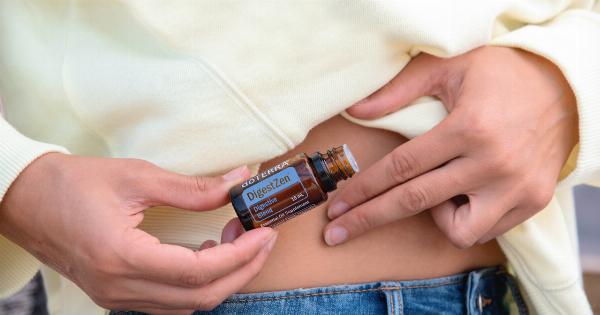Acne is a common skin condition that affects millions of people worldwide.
While there are several factors that contribute to the development of acne, including genetics, hormones, and skincare habits, many studies have found a strong link between diet and acne flare-ups. Certain foods have been identified as potential triggers for acne due to their ability to increase inflammation, stimulate oil production, or disrupt hormonal balance.
In this article, we will explore a comprehensive list of 30 acne-triggering foods that you should be aware of to help manage your acne-prone skin.
1. Dairy Products
Dairy products, especially those high in milk proteins like whey and casein, have been associated with acne breakouts.
Consumption of dairy products can increase insulin levels and trigger hormonal changes in the body, leading to increased sebum production and inflammation, both of which contribute to acne formation.
2. High-Glycemic Index Foods
Foods with a high glycemic index (GI), such as white bread, white rice, and sugary snacks, can rapidly increase blood sugar levels.
This spike in blood sugar triggers a cascade of hormonal responses, including the release of insulin and insulin-like growth factor 1 (IGF-1), which have been linked to acne development.
3. Chocolate
Although the direct relationship between chocolate consumption and acne is still debated, some studies suggest that high sugar and fat content in chocolate, coupled with its potential to trigger hormonal changes, may contribute to acne breakouts in susceptible individuals.
4. Fried Foods
Fried foods like French fries, fried chicken, and other deep-fried snacks are often cooked in trans fats and unhealthy oils, which promote inflammation in the body. These can exacerbate acne by increasing sebum production and clogging pores.
5. Refined Grains
Refined grains, such as white bread, pasta, and cereals, have gone through extensive processing, resulting in a loss of nutrients and fiber. These high-glycemic foods can spike blood sugar levels, leading to an increased risk of acne breakouts.
6. Fast Food
Fast food meals often contain multiple acne-triggering ingredients such as refined grains, unhealthy fats, and sugary beverages. These unhealthy food choices contribute to inflammation and insulin spikes, both of which are known to worsen acne.
7. Soda and Sugary Drinks
Soda and other sugary beverages, including energy drinks, contain high amounts of added sugars and sweeteners. Regular consumption of these drinks can lead to insulin resistance, inflammation, and an increased risk of acne development.
8. Processed Meats
Processed meats, such as sausages, hot dogs, and deli meats, are often packed with preservatives, additives, and unhealthy fats. These chemicals may trigger inflammation, contributing to acne flare-ups in some individuals.
9. High-Sodium Foods
Foods high in sodium, such as fast food, canned soups, and processed snacks, can contribute to water retention and swelling in the body. This can lead to increased inflammation and worsen existing acne symptoms.
10. Iodine-Rich Foods
Iodine is an essential mineral found in various foods, including seafood, iodized salt, and some dairy products. While iodine is necessary for proper thyroid function, excessive intake may aggravate acne in susceptible individuals.
11. Spicy Foods
Spicy foods, such as hot peppers and spicy sauces, can dilate blood vessels and increase blood flow to the skin, potentially triggering inflammation and acne breakouts in some individuals.
12. High-Fructose Corn Syrup
High-fructose corn syrup (HFCS) is a commonly used sweetener found in many processed foods and drinks. Regular consumption of HFCS has been associated with insulin resistance, inflammation, and an increased risk of developing acne.
13. Caffeine
Caffeine, commonly found in coffee, tea, energy drinks, and chocolate, can stimulate the release of stress hormones like cortisol, which may contribute to acne breakouts for some individuals.
14. Alcohol
Excessive alcohol consumption can lead to dehydration and liver dysfunction, compromising the body’s ability to detoxify and eliminate toxins. This can contribute to inflammation and potentially worsen acne symptoms.
15. Peanut Butter
Peanut butter, although a popular and delicious spread, contains high levels of omega-6 fatty acids, which can promote inflammation in the body. Excessive consumption of peanut butter may aggravate acne symptoms.
16. Shellfish
Shellfish, such as shrimp, lobster, and crab, can be high in iodine, which, as mentioned earlier, has the potential to trigger or worsen acne in some individuals.
17. Artificial Sweeteners
Artificial sweeteners, such as aspartame and sucralose, are often added to diet sodas, sugar-free snacks, and other “low-calorie” food products.
Some studies suggest that these sweeteners can disrupt gut bacteria and trigger inflammation, potentially leading to acne flare-ups.
18. Margarine
Margarine and other hydrogenated vegetable oils contain high levels of trans fats, which are associated with inflammation and various health issues. These unhealthy fats can worsen acne symptoms and should be avoided whenever possible.
19. Non-Organic Produce
Non-organic fruits and vegetables may contain pesticide residues that can disrupt hormonal balance and contribute to acne development. Opting for organic produce can reduce exposure to these potential acne triggers.
20. Energy Bars
While marketed as convenient and healthy snacks, many energy bars contain high levels of added sugars and artificial ingredients. These can lead to blood sugar spikes and inflammation, both of which may worsen acne symptoms.
21. Condiments
Some condiments, including ketchup, mayonnaise, and salad dressings, often contain added sugars, unhealthy fats, and preservatives. These can promote inflammation and potentially aggravate acne symptoms.
22. Sushi
Sushi rolls often contain ingredients like white rice, soy sauce, and processed fish products, all of which can contribute to acne development due to their high glycemic index, sodium content, and potential additives.
23. Canned Foods
Canned foods, such as canned soups, beans, or vegetables, are often high in sodium and may contain preservatives and additives that can trigger inflammation and worsen acne symptoms.
24. White Potatoes
White potatoes have a high glycemic index and can cause a rapid rise in blood sugar levels. This can lead to increased insulin production and potentially worsen acne breakouts.
25. Low-Fiber Foods
Foods low in fiber, such as processed snacks, white bread, and sugary cereals, can impact gut health and digestion. Poor gut health has been associated with increased inflammation and a higher risk of acne.
26. Tomato-Based Products
Tomato-based products like ketchup, pasta sauce, and tomato juice can be highly acidic, potentially irritating the skin and exacerbating acne symptoms in some individuals.
27. Artificial Flavorings
Artificial flavorings, often found in processed snacks, desserts, and sodas, can contain chemicals that may disrupt hormone balance and contribute to acne breakouts in certain individuals.
28. Soy Products
Soy products, including soy milk, tofu, and soy sauce, contain natural compounds called phytoestrogens, which can mimic estrogen in the body. Excessive intake of soy products may disrupt hormonal balance and potentially lead to acne flare-ups.
29. High-Protein Diets
While a balanced diet with adequate protein intake is essential for overall health, excessively high-protein diets can lead to increased production of insulin and IGF-1, both of which have been linked to acne development.
30. Artificial Colors
Artificial colors, often added to processed foods, candy, and beverages, have been associated with inflammation and skin irritation, potentially worsening acne symptoms in some individuals.
In conclusion, diet plays a crucial role in managing acne-prone skin.
By avoiding or reducing the intake of acne-triggering foods like dairy products, high-glycemic index foods, chocolate, fried foods, and refined grains, you can help minimize acne breakouts and promote clearer, healthier skin. It is important to note that individual responses to these foods may vary, and it’s always best to consult with a healthcare professional or a dermatologist for personalized advice and guidance.

